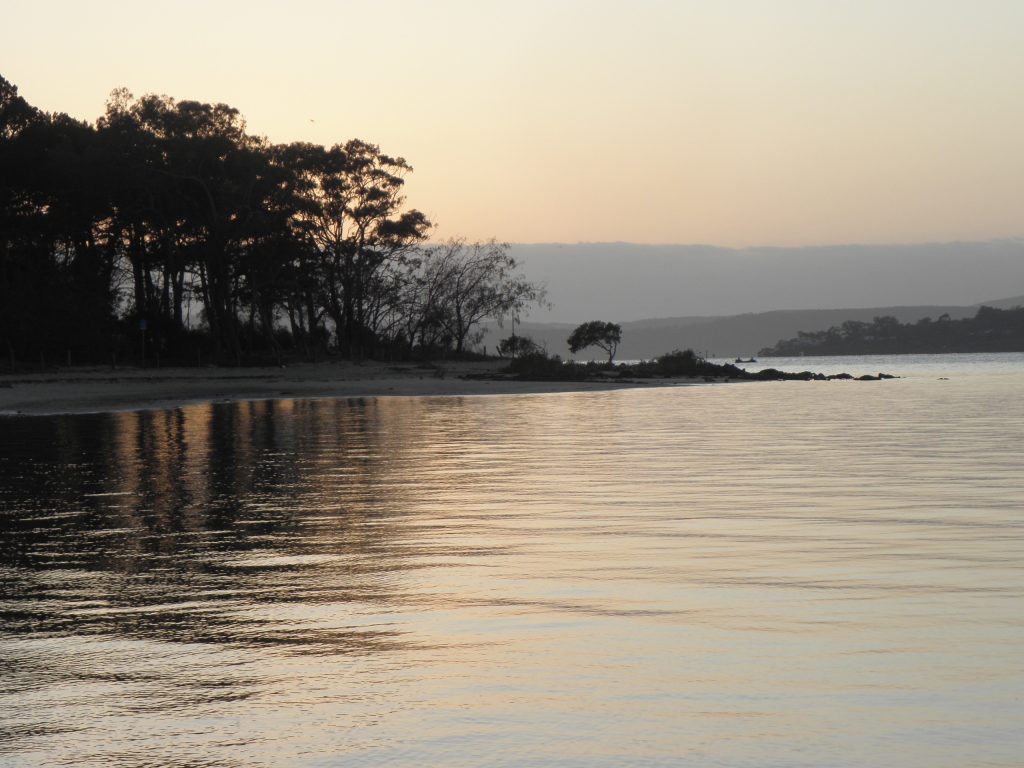$264.00 (child $176), including morning tea, lunch, refreshments, water to refill bottles, ferry, all travel and guiding, and GST
We typically pick up from Brisbane city or Southside at 9.00am and return around 5.30 or 6.00pm. We may leave earlier in hot weather, or at request of a guest who needs to return earlier to the city.
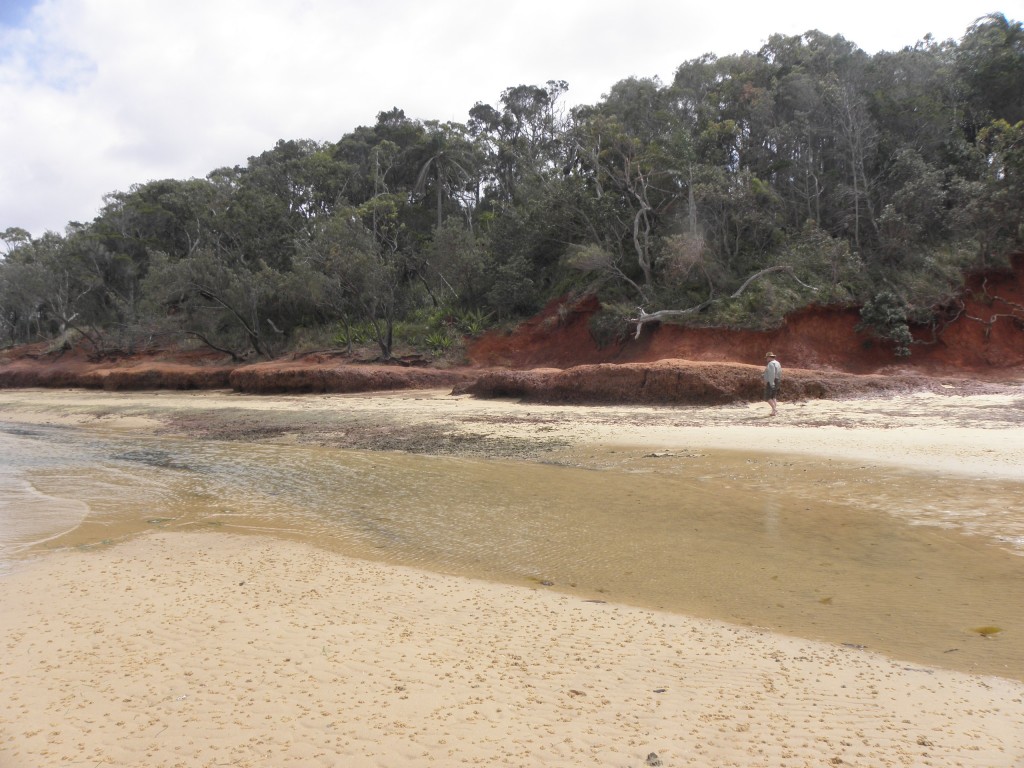

A ten-minute ferry trip from one of Brisbane’s outer suburbs (after pickup in Brisbane city) brings us to this scenic and varied little island with wide sandy beaches, mangroves, rocky shores and coastal woodlands protected by the “Emerald Fringe”, a conservation zone which encircle the island apart from the jetty area. No one is allowed to build here, and we can enjoy a peaceful walk through ever-changing habitats and a vista of beaches backed by native vegetation instead of the houses or tourist resorts so common in other coastal regions.
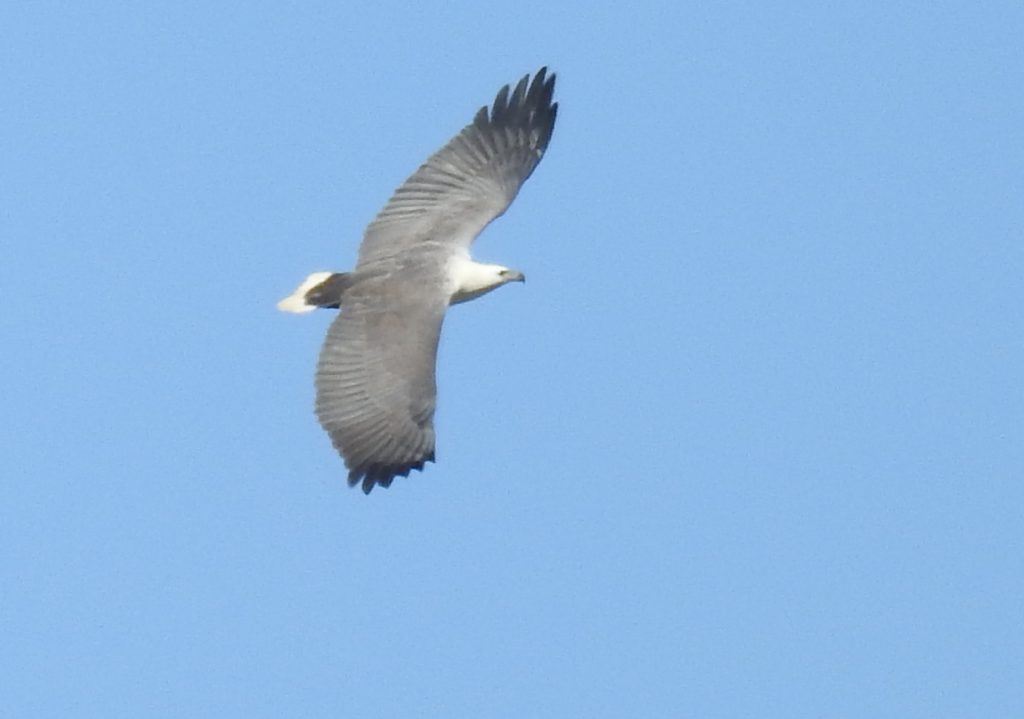
Several raptors have been seen here, but the main ones we encounter are the Brahminy kite, the whistling kite, the osprey and the white-bellied sea-eagle. This is a slow-paced tour, and we are often able to sit and watch them soaring over the ocean and sometimes swooping to catch a fish. A pair of sea-eagles have built an enormous nest in a tree on a suburban street near the Melaleuca Wetlands, and in nesting season we can watch the parents feeding the chicks.
Along with kookaburras, orioles, honeyeaters and other bushbirds inhabit the wooded areas.
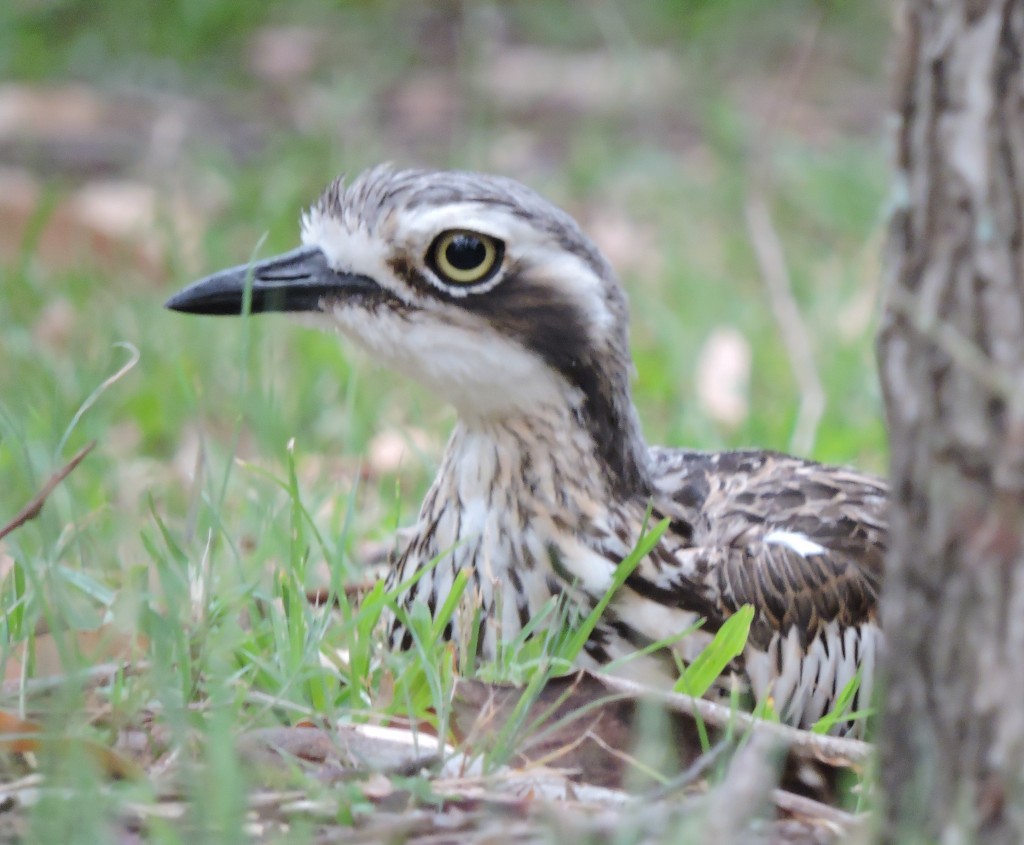

Striding around the more open habitats on island or standing statue-like relying on their camouflage to escape attention, are many bush stone-curlews, with their unforgettable, staring yellow eyes.
One of the delights we often encounter at low tide is the sight of thousands of blue soldier crabs emerging from their burrows and marching (forwards, not sideways the way most crabs do) across the sandy beaches.

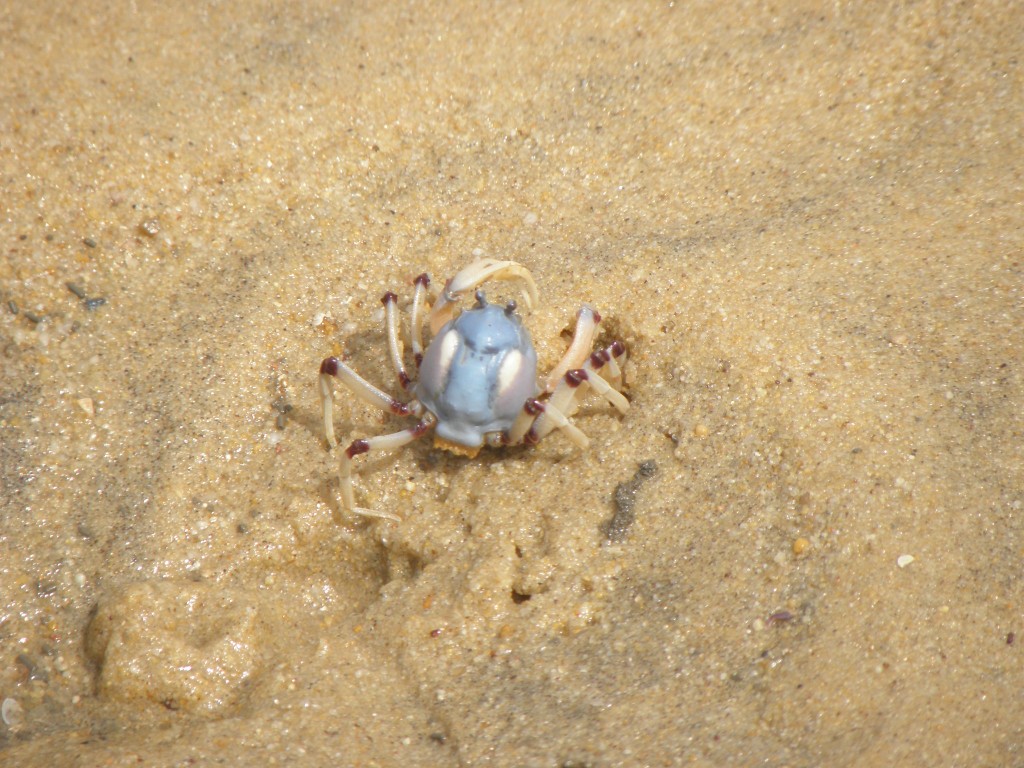
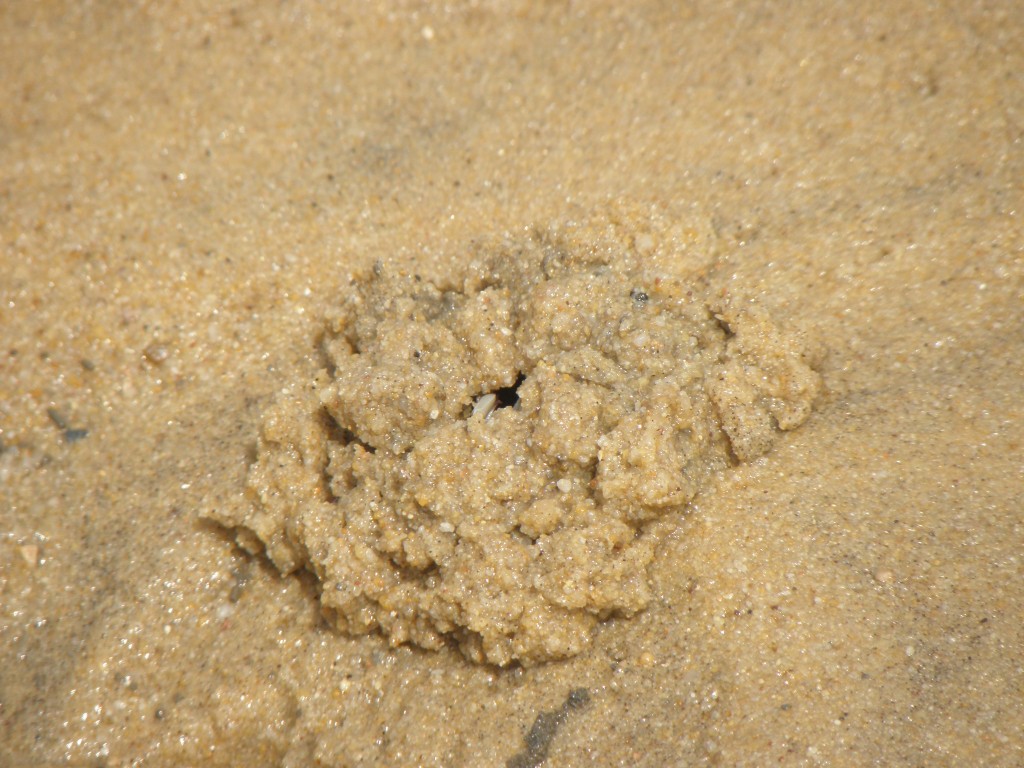

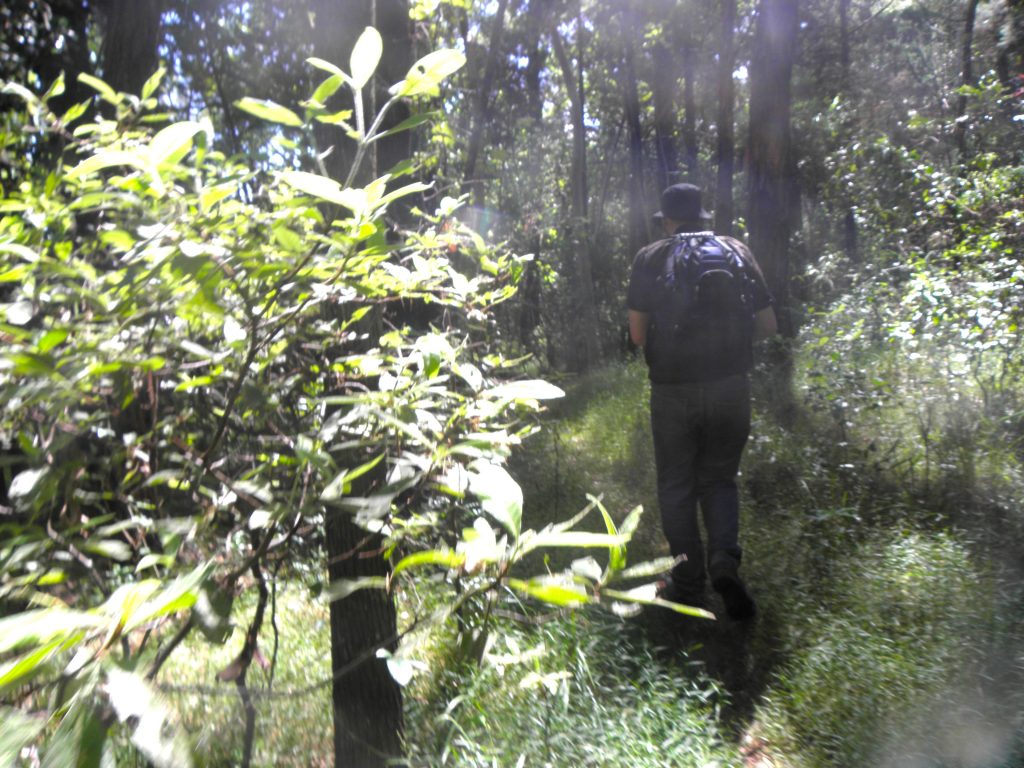

Walk right around the island with us if you wish (gentle walking, no major hills) or just come partway and relax on the beach: it’s up to you! With our small groups, and usually traveling with two guides, we can be very flexible.


There is much to look for on the sandy and rocky beaches we explore, and amongst the mangroves. Shells of scallops and other molluscs (no collecting), bits of coral, crabs scurrying amongst the rocks, bits of seagrass (important food for dugongs and green turtles) washed ashore, shorebirds such as whimbrels, oyster-catchers, ibis, occasionally the eastern curlew.
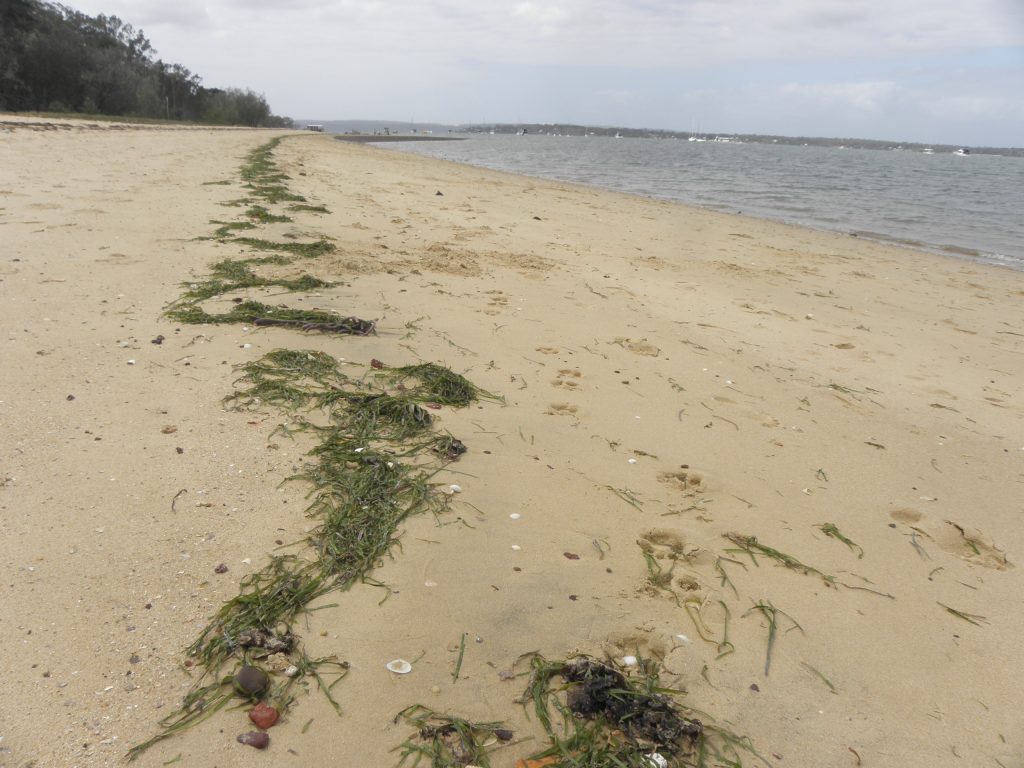
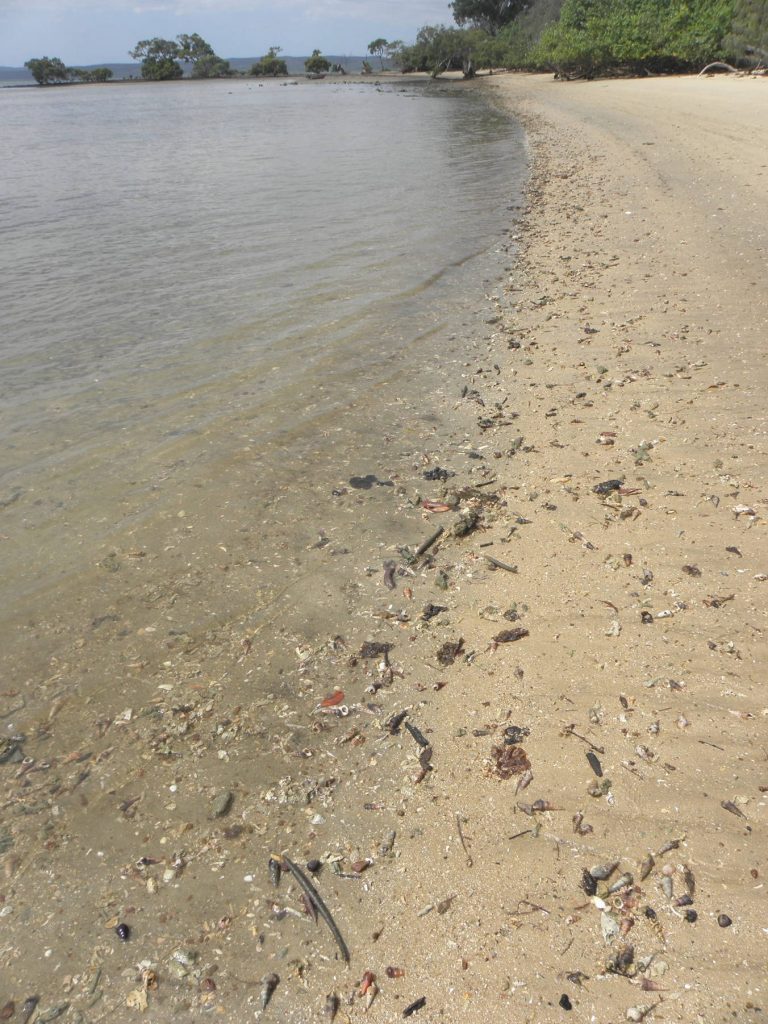
Ever-changing life on and around the island. We never know exactly what we will see. If we’re lucky t could even be a dugong i!

There is also an option of an overnight stay, listening to the weird, wild calls of the stone- curlews, watching the moon rise over the sea or enjoying the soft light of dawn. Ask us well in advance for possibilities.
